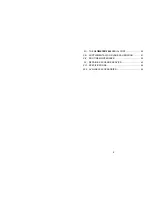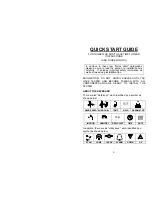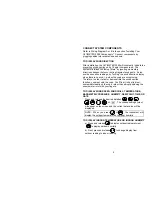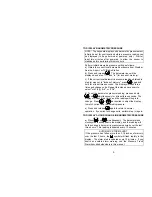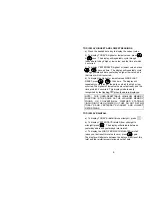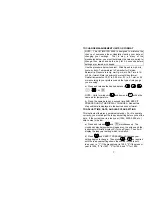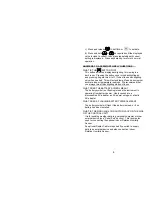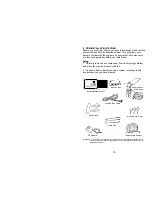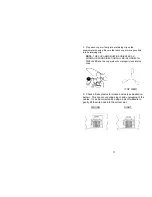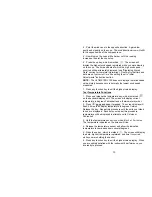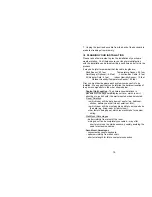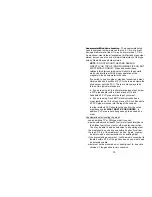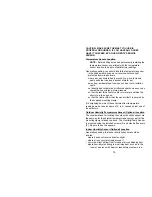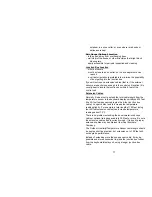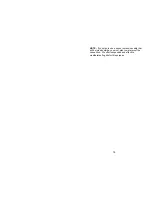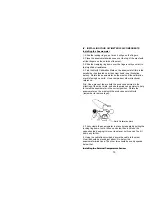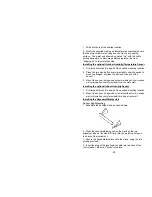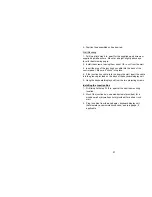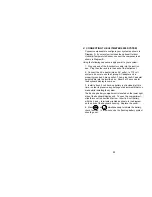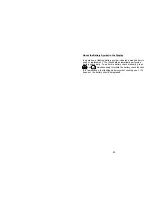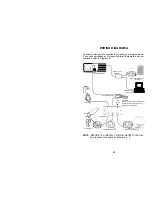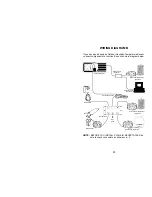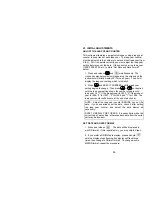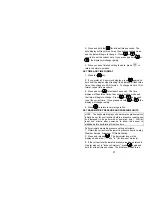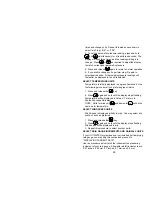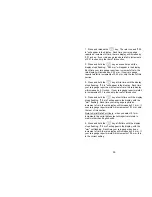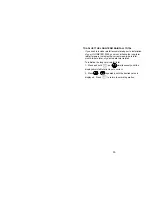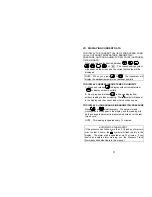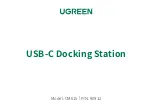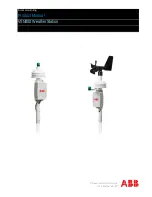
CAUTION: MAKE SURE THE MAST YOU USE IS
PROPERLY GROUNDED. IF YOU HAVE ANY DOUBT,
HAVE IT CHECKED BY A QUALIFIED TV SERVICE
PERSON.
Temperature Sensor Location
NOTE:
Before drilling holes and permanently installing the
temperature sensor, experiment with the temperature
sensor location to be sure of satisfactory readings.
Generally speaking, you should locate the temperature sensor:
- in the shade where it can never receive direct sunlight
- protected from wind and rain
- where air can circulate freely around it (e.g. avoid closed
gable ends that can trap a pocket of warm air)
- away from incidental heat sources, such as roof circulation
vents
- not directly above radiated or reflected heat sources such as
cement patios or large picture windows
- so that the last three feet of cable (or more) are outside the
structure in the open air
- so that the cable, rather than the sensor itself, is secured by
the supplied mounting clamp
It is surprising how much these factors affect temperature
readings; we have seen errors of 4
°
to 6
°
caused by just one of
these factors.
Outdoor Humidity/Temperature Sensor (Optional) Location
The considerations for locating the outdoor humidity sensor are
the same as for the external temperature sensor except for the
mounting clamp referred to above. The Humidity/Temp Sensor
is mounted using the included screws (2) and stand-off spacers
(2). Be sure to use the spacers.
Indoor Humidity Sensor (Optional) Location
Generally speaking, the indoor humidity sensor should be
located:
- where it does not receive direct sunlight
- where air can circulate freely around it
- not in the direct airflow from furnace or air conditioning duct
- where humidity monitoring is most important, such as in the
room of a person with heart or respiratory problems, in a
16

